Fairy tales normally start with “once upon a time,” but our history begins with Zelindo, also nicknamed Zela. Zela was the huntsman at Villa Saletta, a beautiful and vast farm in Palaia surrounded by lush woods. Zela lived his life combining his work with his great passion for truffles, and he was one happy man!
Zelindo was highly trusted and respected by his employer, who was the owner of the Saletta estate and in charge of business. His employer was a wealthy man and at that time, most of the inhabitants of Palaia were working for him. Whenever the landlord had guests, it was Zelindo’s job to take good care of them. The guests who were often visiting from northern Italian cities such as Milan, Turin and Verona, were indeed interested in bird and wild boar hunting but the huntsman soon realized that they were much more interested in truffles, a product much more difficult to find up North. Zela soon became their personal truffle hunter and purveyor.
At that time, Zela used to ride a large green Vespa scooter. It was common to see him zooming on it all the way up to Villa Saletta and then disappearing in the forest. He would resurface eventually, bringing back with him pungent treasures of the forest: white truffles during the months of October until December and black truffles during the spring and summer seasons. When the demand was high and his supply was low, Zelindo would buy truffles to resell. Money was starting to come in! It was at that point that Zela would see his dream come true.
Zela had always been in love with a flaming red BSA motorcycle, but it had such an expensive price tag that only his employer could have afforded it. Zela finally bought his dream motorcycle, allowing the loyal green Vespa to retire. The story goes on saying that the employer sent a message to his house. And the message was indeed delivered, saying as follows: “I heard it through the grapevine that you bought a new motorcycle. This makes me look as if I was paying you more than I pay everybody else. You must choose between selling your motorcycle or quitting your job”. Zelindo, without hesitation and with his hat in his hands, resigned. From that moment on, he entirely dedicated his life to the truffle trade.
For years, we have marketed a wide variety of fresh truffles. It is at the end of the 1970’s that Luciano Savini, Zelindo’s son, had the idea of combining the family tradition with the culinary teachings of Mamma Leontina. She was a great expert of the traditional Tuscan cooking and had a driven passion for haute cuisine. She was the one who first started experimenting and creating truffle sauces. Year by year, order after order, we have been able to create over 80 truffle based products which we export to more than 40 countries.
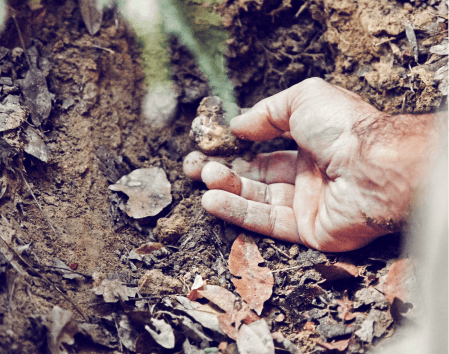
Only where nature is intact, truffles grow. Fortunately, Tuscany still conserves pure green areas with enchanting places that are very generous in truffles all year long.
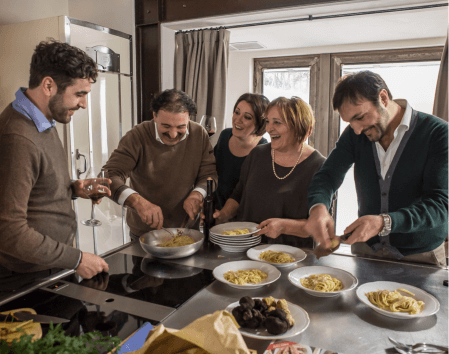
Savini is a family of truffle hunters that reaches back three generations. It is a family working with love and attention to the detail, who has been able to transmit its secrets from one generation to another. Nowadays, everyone in Forcoli has been touched by the magic of the Savini family.
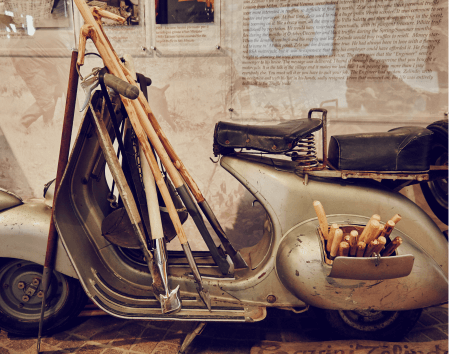
Since 1920’s, tradition has been kept alive through truffle hunting, in choosing the best fruits of the woods for famed chefs, in the creation of recipes and in the secrets for storing truffles in the best way for our customers’ most important occasions.
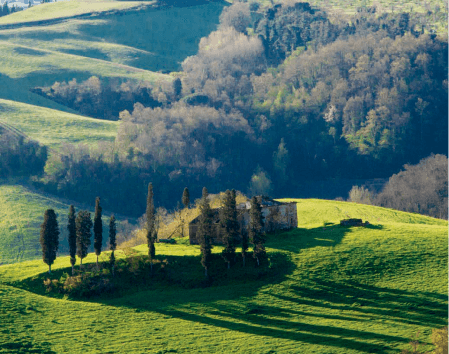
Respect towards nature, the Tuscan woods, and the people who have supported us from our beginnings; respect for suppliers, customers and people interacting within the world of this handicraft company located in the middle of the Tuscan countryside.
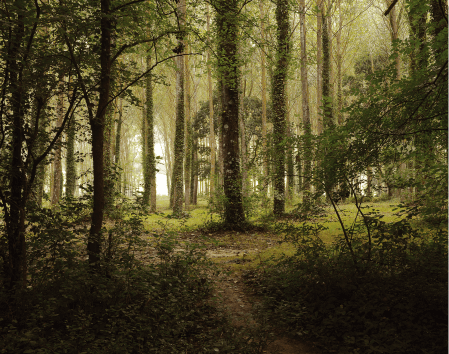
Different typologies of flourishing plants contribute to the birth and development of the diamond of the woods: the truffle. Ancient oaks, poplars, hazels are only some of the plants of our high and leafy woods.
The truffle is a fungus that spends its entire life cycle under the soil, hence its name: hypogeum mushroom. The “diamond of the forest,” as it is called here in Italy, is the result of the union between the spores in the ground and the trees’ roots. Truffles must live in symbiosis with trees and plants in order to produce their precious sporocarp.
Our history revolves around the family, but it is also closely connected to the Tuscan territory, one of the most suitable region for truffles. Our soil produces truffles year-round: from the prized Black truffle to the Scorzone truffle, from the Bianchetto truffle to the famous White truffle, the “Tuber Magnatum Pico.” For generations and on a daily basis, we have been hunting truffles with our most loyal hunters, in an area that stretches from Pisa all the way to Florence and Siena.
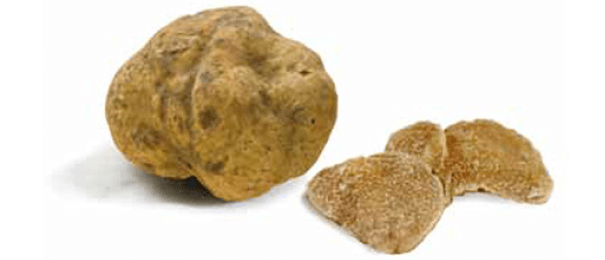
(TUBER MAGNATUM PICO)
Peridium:smooth, light yellow in colour, sometimes with light green or yellow-ochre tones. Gleba: pale yellow with hazelnut or brown tones, sometimes with red freckles, crossed by a close-knit network of very fine white veins.
Gleba:pale yellow with hazelnut or brown tones, sometimes with red freckles, crossed by a close-knit network of very fine white veins.may be rounded or even very lobed, or decidedly squashed, depending on the type of ground where the truffle grows.
Shape: may be rounded or even very lobed, or decidedly squashed, depending on the type of ground where the truffle grows.
Size:this species is very varied in size, with examples that can even reach sizes of several hundred grams and even exceeding a kilo in weight.
Ripening period:from September to December.
How to recognise it:for its smooth peridium, the smooth colours, the unmistakeable aroma, the autumnal ripening period.
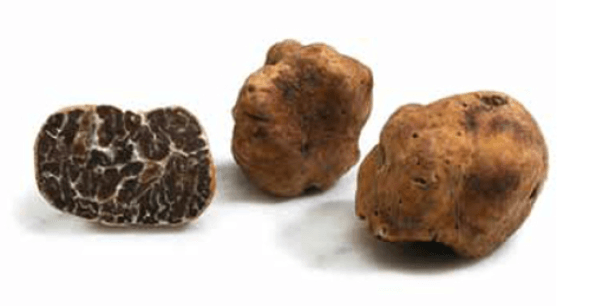
(TUBER BORCHII VITT)
Peridium: smooth, light in colour, variable from white-ochre to reddish.
Gleba:light tending to buff-coloured up to brown, with a few large white veins.
Shape:variable, tends to be rounded if the truffle has grown in sandy areas, sometimes irregular, with a bumpy surface.
Size:the average size of this truffle is rather small, like a hazelnut or slightly larger, but it can be as large as a hen’s egg.
Ripening period:from January to April.
How to recognise it:for the smooth peridium, the light or reddish colours, its small size, the alliaceous odour, ripening period late winter/spring.
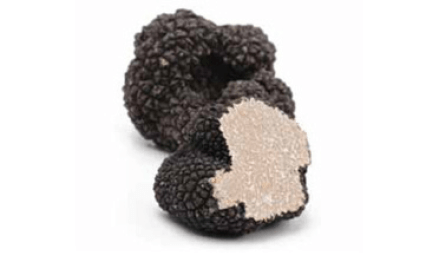
(TUBER AESTIVUM VITT)
Peridium:warty, formed of protruding warts, rough and pointed at the ends, black in colour.
Gleba:nut with yellowish tones, crossed by branches of white veins, more or less fine.
Shape:generally rounded.
Size: the summer black truffle has a rather high average size; on occasion some examples can reach up to half a kilo in weight.
Ripening period:from June to November.
How to recognise it:for its rough, warty peridium (from which the name “scorzone”, also meaning rough in Italian, comes), the lighter gleba than the other varieties of “black truffles”, its generally large sizes and most of all, the ripening period which is largely in summer.
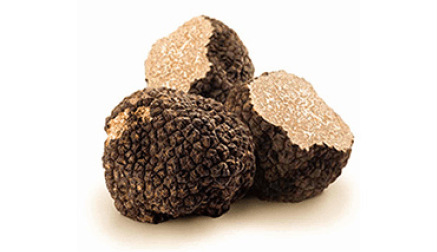
(TUBER UNCINATUM CHATIN)
Peridium:warty, formed of smaller black and less noticeable warts than the scorzone.
Gleba:nut crossed by branches of white veins, more or less fine
Shape:variable, rounded but also squashed.
Size:tends to be smaller than the scorzone.
Ripening period:from October to December.
How to recognise it:it is very similar to the summer black truffle, so much so that according to several scholars, it is actually an autumnal variety of this truffle. The differences, not always easy to tell, are related to the truffle’s appearance (peridium, gleba, shape and size), to the aroma, and especially to the later ripening period.
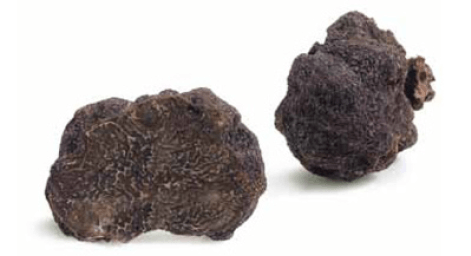
(TUBER MELANOSPORUM VITT)
Peridium:warty, formed of small, not very prominent warts, black in colour.
Gleba:black/purplish in ripe examples, with fine white veins, tending to become reddish when exposed to the air and which disappear in cooking.
Shape:usually rounded, but also irregular or lobed.
Size:varies from the size of a hazelnut to an orange, rarely larger.
Ripening period:from November to March.
How to recognise it:for the small, not very prominent warts on the peridium, due to its dark colour with the violet shades of the gleba and the delicate aroma.
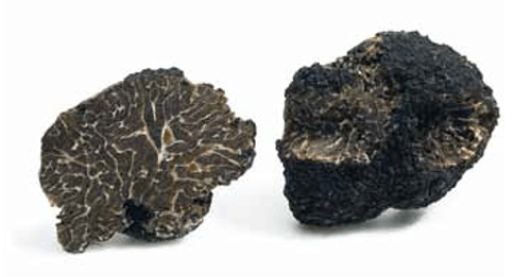
(TUBER BRUMALE VITT)
Peridium:warty, formed of small, not very prominent black warts.
Gleba:grey-brownish colour, crossed with large, white, widely spaced veins.
Shape:generally globular.
Size:tends to be small, usually like a walnut.
Ripening period:from January to March.
How to recognise it:similar to the precious black truffle, fromwhich it differs largely because of the greyish tones of the gleba, for the more evident veins and the strong aroma, similar to turnip. There is a variety of winter black truffle with the clear aroma of musk, the so-called musky truffle, (Tuber brumale Vitt. var. moschatum De Ferry), but otherwise identical to the actual “brumale”.
